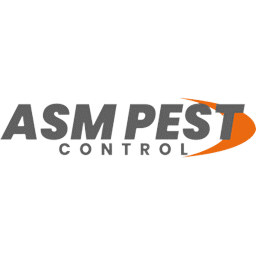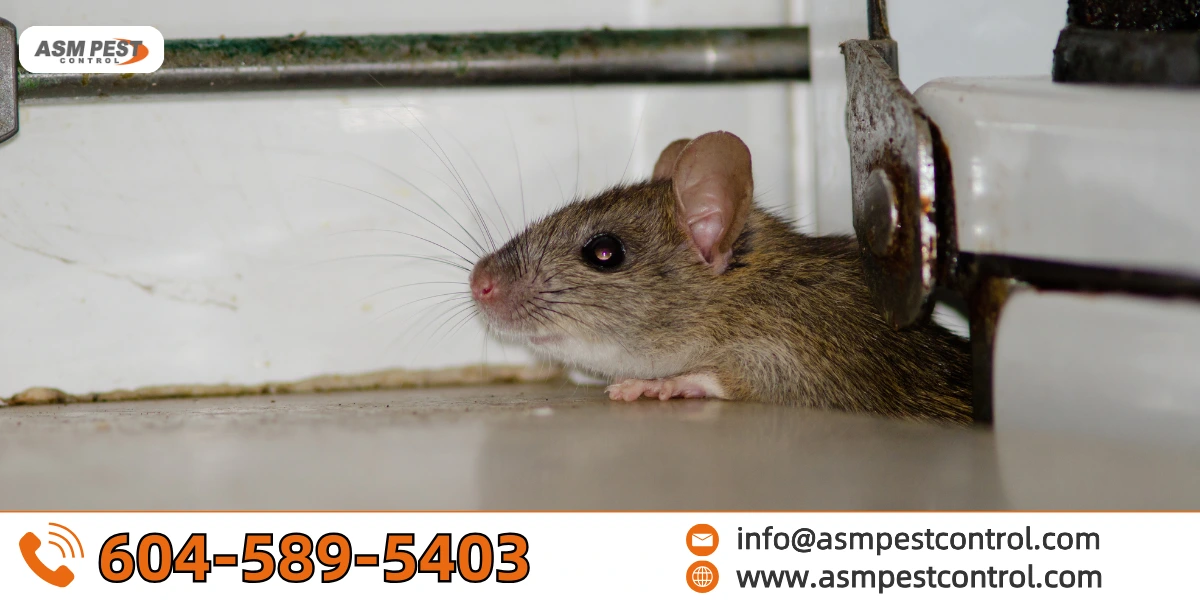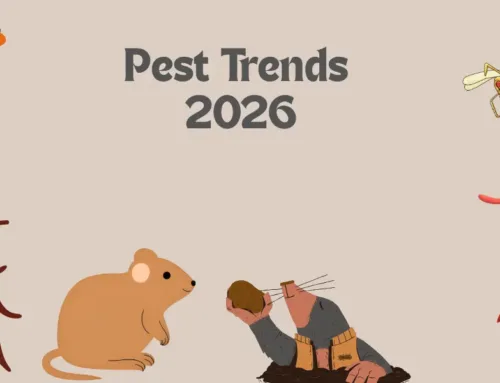The most common types of pests include rodents such as rats, mice that occur both in urban and rural areas. They are hard to deal with because they reproduce quickly and are resourceful. However, luckily, there is a natural way out of it: predators. If you’ve ever wondered what eats rodents, the answer spans a wide range of species, from birds of prey to domestic pets. These are key natural enemies of the rodents, and they help in controlling the rodent population.
Knowledge of the predators of rodents can ensure that homeowners, gardeners, and farmers exploit nature by using natural pest controls, besides gaining an insight into the role food chains play within the various environments.
Why Predators Are Essential in Rodent Control
Rodents reproduce at an alarming rate and may lead to an endless number of issues, including the transference of such diseases as hantavirus and salmonella, crop and infrastructure destruction. They are usually indicators of ecological imbalance, particularly in the cities. In its natural habitats, however, a wide range of predators keeps the rodent population in check. Not only do these creatures assist in curbing rodents, but they also contribute to sound ecosystems since they provide stability in food chains. For urban residents, combining these natural controls with professional rodent control Vancouver services ensures an even more reliable solution.
Top 10 Predators That Eat Rodents
1. Owls
The owls pose one of the most efficient rodent predators at night. Owls such as the great horned owl and barn owl can silently attack the rat and mouse and pounce on them accurately. Rodents form a major component of the food owls feed on, particularly in agricultural areas.
2. Snakes
The rodents are natural enemies of snakes, especially the rat snakes, king snakes, and corn snakes. They track their prey by smell and subdue them through constrictions or poison (depending on the species type) to kill their prey. Snakes are particularly helpful in sheds, basements, and barns, which rodents usually occupy.
3. Cats
Cats are famously known to kill mice and smaller rats. Not all domesticated cats are hunters, but most still have the instinct and have the ability to greatly deter rodents just by their scent and being there.
4. Foxes
Foxes are intelligent omnivores that are very well-adapted to rural and suburban life. They feed on a wide range of small mammals and rodents often make up a main food resource. Foxes usually hunt at twilight hours and have a strong smell and hearing.
5. Coyotes
Coyotes are versatile predators and scavengers. In areas where rodent populations are high, coyotes help reduce their numbers by feeding on them regularly. They operate mostly at night and play a vital role in larger ecological systems.
6. Hawks
Hawks, particularly red-tailed and Cooper’s hawks, target rodents in open fields and suburban backyards. Their exceptional power of eyesight allows them to detect movement from great heights. Once locked in, they strike with sharp talons and impressive speed.
7. Dogs
Dogs, especially working breeds like terriers, have been trained for centuries to hunt and kill rodents. In farms and warehouses, ratting dogs are still used as a form of efficient, chemical-free rodent control. Some small dogs may even naturally pick up the behavior.
8. Weasels
Weasels, including species like stoats and ferrets, are fierce predators despite their small size. They can enter tight spaces where rodents hide and use speed and sharp teeth to kill quickly.
9. Raccoons
Raccoons are opportunistic feeders and will eat rodents if given the chance. While not their primary diet, rats and mice can become meals, especially in urban areas where both species coexist.
10. Crows and Ravens
Larger birds like crows and ravens are highly intelligent and capable of preying on young rodents. Though they usually scavenge or eat insects, they will consume rodents if accessible. These birds often appear in cities and farmlands alike.
Rodents and the Food Chain: A Delicate Balance
Rodents sit low in the food chain, making them a primary source of sustenance for many carnivorous animals. While it’s easy to view rodents solely as pests, their role in the ecosystem is crucial. By serving as prey, they support populations of predatory animals that, in turn, control not only rodents but also insects and other small mammals.
However, if natural predators are removed due to habitat loss, human activity, or chemical control methods, rodent numbers can surge. This is often seen in cities and areas where biodiversity is compromised. In such regions, especially in suburban neighborhoods, combining ecosystem restoration with targeted services like rodent control Coquitlam can help manage rodent populations more sustainably. Reintroducing or preserving natural predators can lead to more sustainable rodent management over time.
How This Affects You
Knowing what eats rodents isn’t just a matter of curiosity; it’s a practical tool for pest control. Encouraging the presence of owls, hawks, and even snakes (when safe) can drastically cut down on rodent issues. Gardeners may install owl boxes, while farmers may allow barn cats to roam freely.
Even small behavioral changes, such as reducing rodent shelter options and preserving wooded areas, can help attract natural predators. Understanding this predator-prey relationship enables you to work with nature rather than against it.
Final Thoughts
When it comes to what eats rodents, nature provides a diverse and efficient answer. Predators like owls, hawks, snakes, and even your pets serve as natural rodent control agents, reducing the need for chemicals and traps. Encouraging the natural food chain and maintaining healthy predator populations can lead to long-term, sustainable solutions to rodent infestations.
The next time you spot a hawk circling overhead or hear the distant hoot of an owl, remember they might just be helping you solve your rodent problem.






